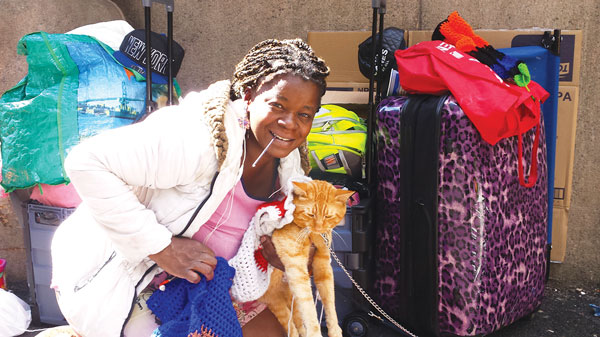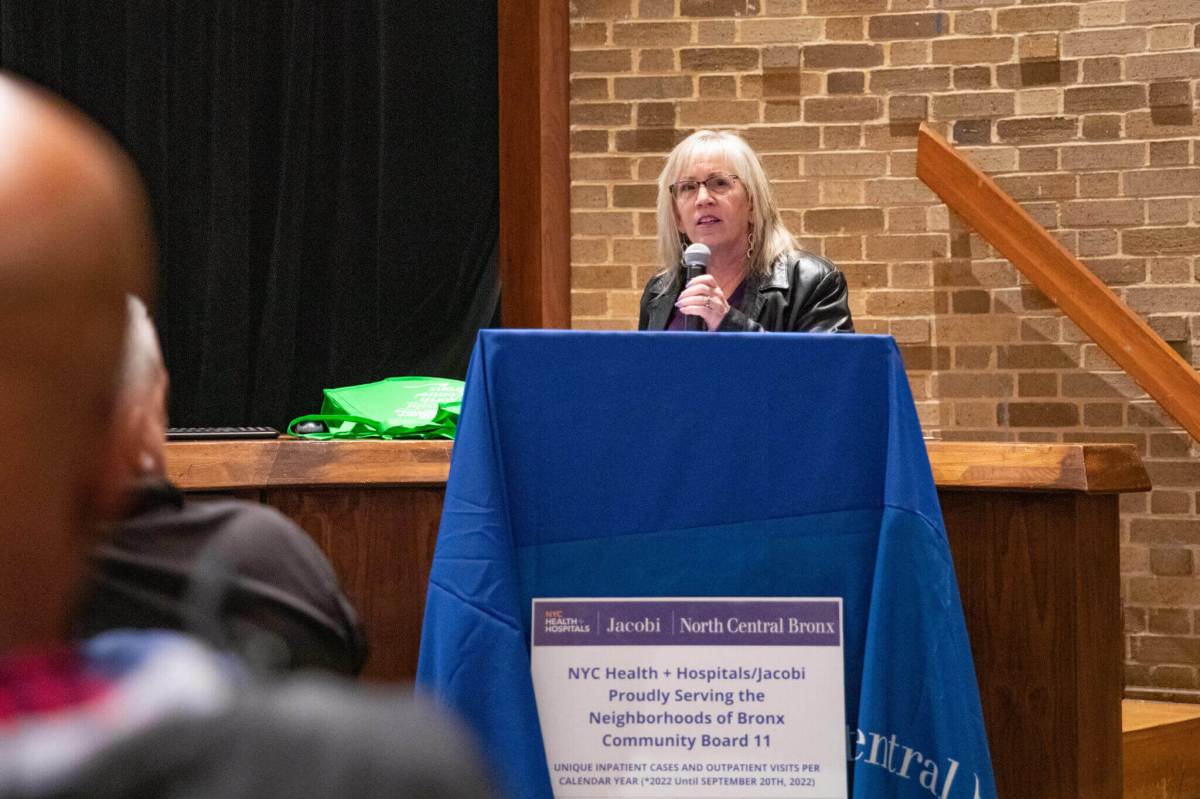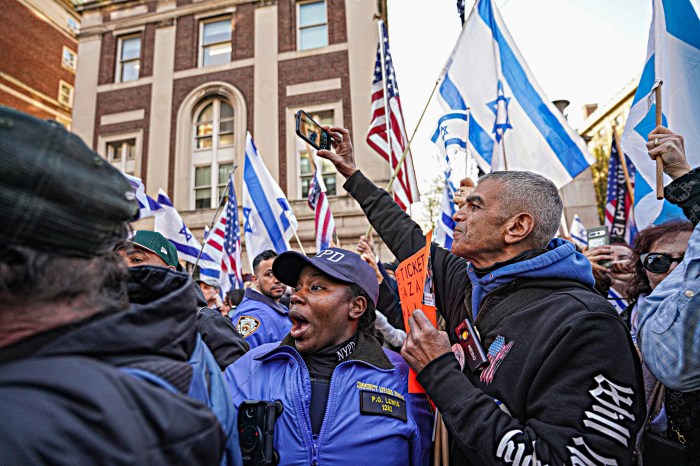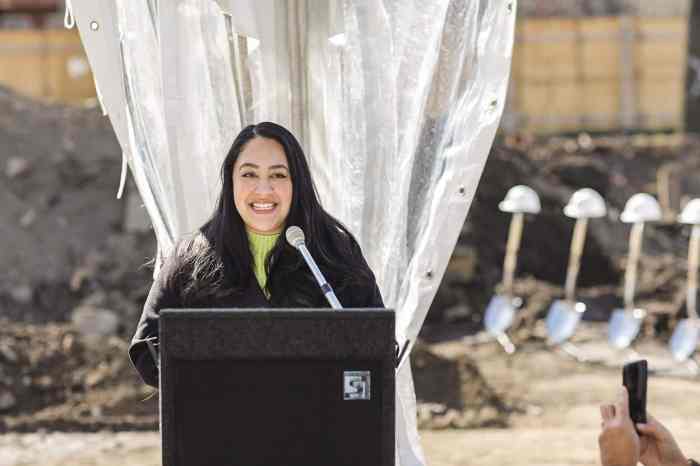BY ALEJANDRA O’CONNELL-DOMENECH | The pews at the Church of the Village were filled last Thursday with advocates calling for more homeless housing in the city. Many of them were themselves homeless.
The occasion was a town hall organized by House Our Future NY, an advocacy campaign formed by the Coalition for the Homeless and 63 other organizations. Attendees called on Mayor Bill de Blasio to increase the number of units for homeless New Yorkers in his Housing New York 2.0 plan from 15,000 to 30,000, with 24,000 of those apartments to come from new construction.

In the view of the activists, although the city has made progress in terms of homeless services, de Blasio has repeatedly neglected the city’s neediest.
“We want it mandated: We want it to say, ‘homeless people coming from shelters,’” said Nathylin Flowers Adesegun.
Adesegun, 73, is an activist with VOCAL-NY who became homeless three years ago after being evicted from her rent-controlled Flatbush apartment. She made headlines last year when she confronted the mayor about his affordable housing plan during his daily workout at the Prospect Park YMCA.
California has the most homeless people of any state, with 30 percent of the U.S. homeless population. But New York City has the most homeless people — 78,767 — of any U.S. city, according to a 2018 study from U.S. Department of Housing and Urban Development. The study found that the number of the homeless in the city increased by 2,394 people last year. The city also experienced the largest overall increase in homelessness between 2007 and 2018, 46 percent, in the country, the study found.
“We are going to break this cycle,” Adesegun said.
The advocate is confident new legislation by Bronx Councilmember Rafael Salamanca Jr. will help solve the city’s homelessness issue.
The bill would apply to developers doing either new construction or renovation, for projects involving more than 15 units, and who are receiving some sort of government funding or incentives for the projects. The developers would have to set aside at least 15 units for homeless individuals for families.
So far, 35 city councilmembers support Salamanca’s bill, which means even if de Blasio vetoes it, it could still become law.
But it is unclear when a vote on the bill would occur Salamanca told this paper.
In the meantime, there is still more work to be done. Salamanca wants to ensure that supportive services for the homeless can be attached to the bill — so that, when homeless people get housing, they can stay in it.
According to Salamanca, supportive services could include financial education and rehabilitative services for those suffering from substance abuse disorders.
“Is it going to resolve homelessness? Absolutely not,” he said of the bill as it is now. “But is going to make a dent in homelessness,” he assured.
According to the councilmember, now that two-thirds of the city councilmembers are onboard with his bill, the city’s Department of Homeless Services and Department of Housing Preservation and Development are open to speaking with him about finding a way to finance supportive services. Salamanca was scheduled to meet with H.P.D. on Wed., March 13.
De Blasio’s current housing policy, Housing New York 2.0, calls for the creation and preservation of 300,000 affordable units, of which 5 percent, or 15,000, are to be set aside for the homeless. The mayor has said he is strongly against increasing the 5 percent set-aside.

















